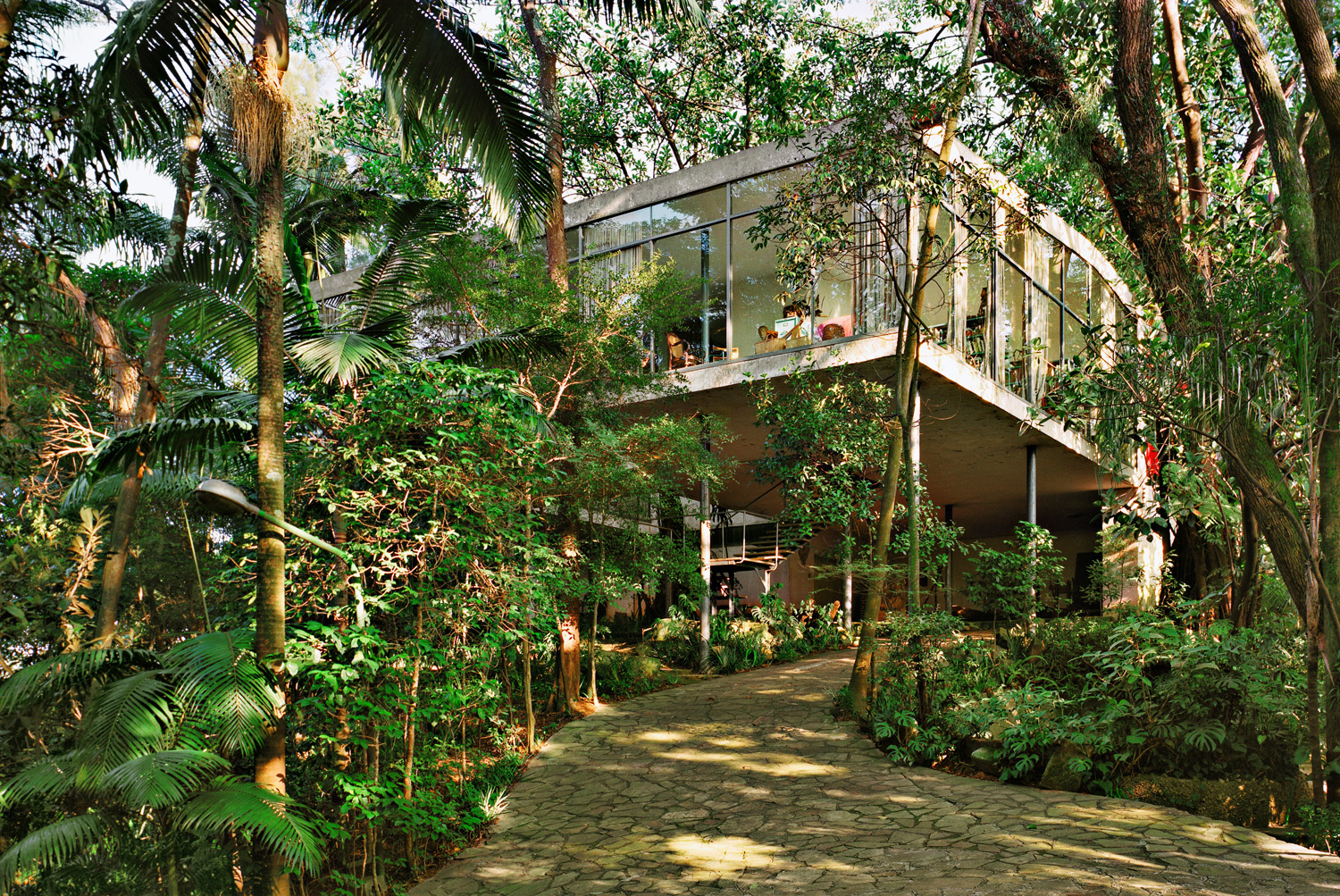Beading edge: Brazilian artist Yanna Soares debuts bag line 'Hands of Indigo'
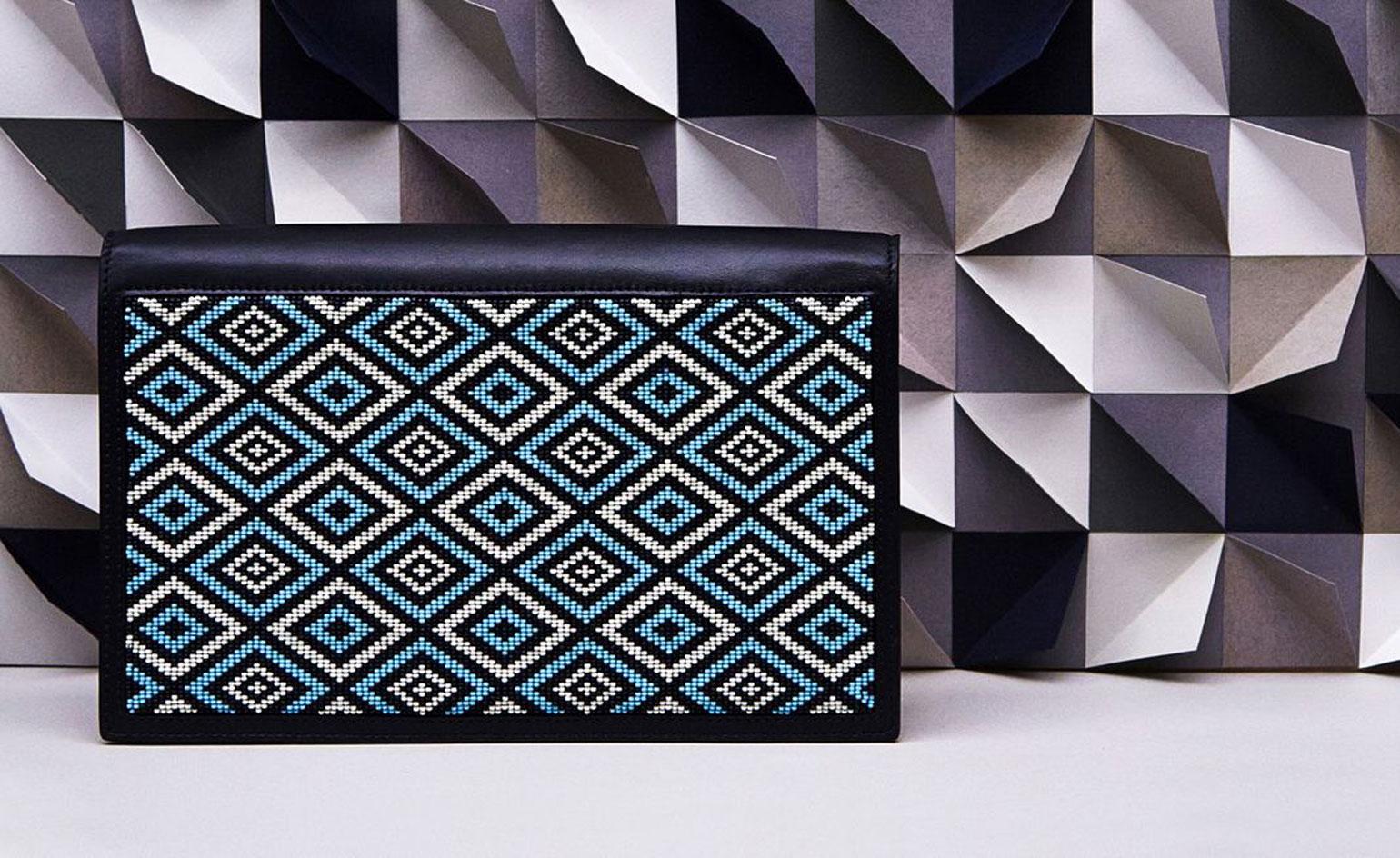
'The idea for the brand began while working with different craftspeople around the world during my studies at the Royal College of Art,' explains London-based Brazilian artist Yanna Soares of her new 'Hands of Indigo' bag line. 'As I'm essentially a printmaker, I'm very into the process of making things, much more than the very conceptual art side, so I thought, "How can I combine these concepts and create one tangible thing?"'
The answer came in the form of beadwork from her native Bahia, which taps into the syncretic traditions of African and Native American handicrafts. 'In Brazil you have beads that were used by Amazon tribes and a derivative of Santería,' she explains. 'I grew up seeing Mães-de-santo – the equivalent of a female shaman – wearing these beaded necklaces, and I thought, "What's the modern application for these beads?"'
The glass pearl, a highly-coveted trade product connecting disparate countries, mirrored Soares' use of symbols to cross cultural boundaries in her art. 'I was fascinated with the very hybrid nature of beads, because the raw material is always imported from somewhere else – be they Czech or Japanese. So I wanted to create a product that uses this concept of trade, but is also very contemporary – something you can wear in the city and not look like you just came back from a trip to Cambodia.'
Working with BeadTool (Photoshop for the weaving world), Soares, who also studied graphic design at New York's Pratt Institute, conceives the patterns in London. They are then woven on custom looms by her group of ten craftswomen in São Paulo, using Japanese Miyuki beads – 'the Rolls-Royce of beads,' she says, 'as they are very uniform, so you get a sharp, precise pattern.' The beaded panels then make their way to Florence to be fashioned into minimalist Nappa leather clutches. 'It's almost like when you have an incredible etching, you want to frame it well. To me, the leather is actually the frame.'
This global skill exchange is reinforced with Soares' choice of name, inspired by time spent in Kyoto on a scholarship during her MA. 'I really got into origami,' she explains, referring to her 2012 work Unmei Façade, referenced in these images. 'I became very interested in indigo as a concept – not necessarily as a dye, but in the idea that indigo is so democratic, infiltrating so many cultures in the same way that beads are traded.'
All eight designs are symbolic of her homeland, from the repetitive samba rhythm of the herringbone 'Rio' bag to the 'Amazônia' bag's reinterpreted tribal basket-weave. The geometry of the 'Lygia' is similar to the work of constructivist artists Lygia Pape and Lygia Clark. The 'Brasilia' offers an homage to modern muralist Athos Bulcão, just as the optical chaos of 'São Paulo' represents the city's converging architectural angles.
Each bag takes 30 hours to complete, uses 11,000 beads and comes with a certificate bearing the beader's name. 'I think that we are living in times now where the idea of having something unique, that's handmade, is very special – going back to the idea of heritage and supporting a community.'
And just like an art series, each bag is made in a limited edition. 'I'm thinking like a printmaker,' she says. 'Once a print is sold, you create new editions. It's really about slow design.'
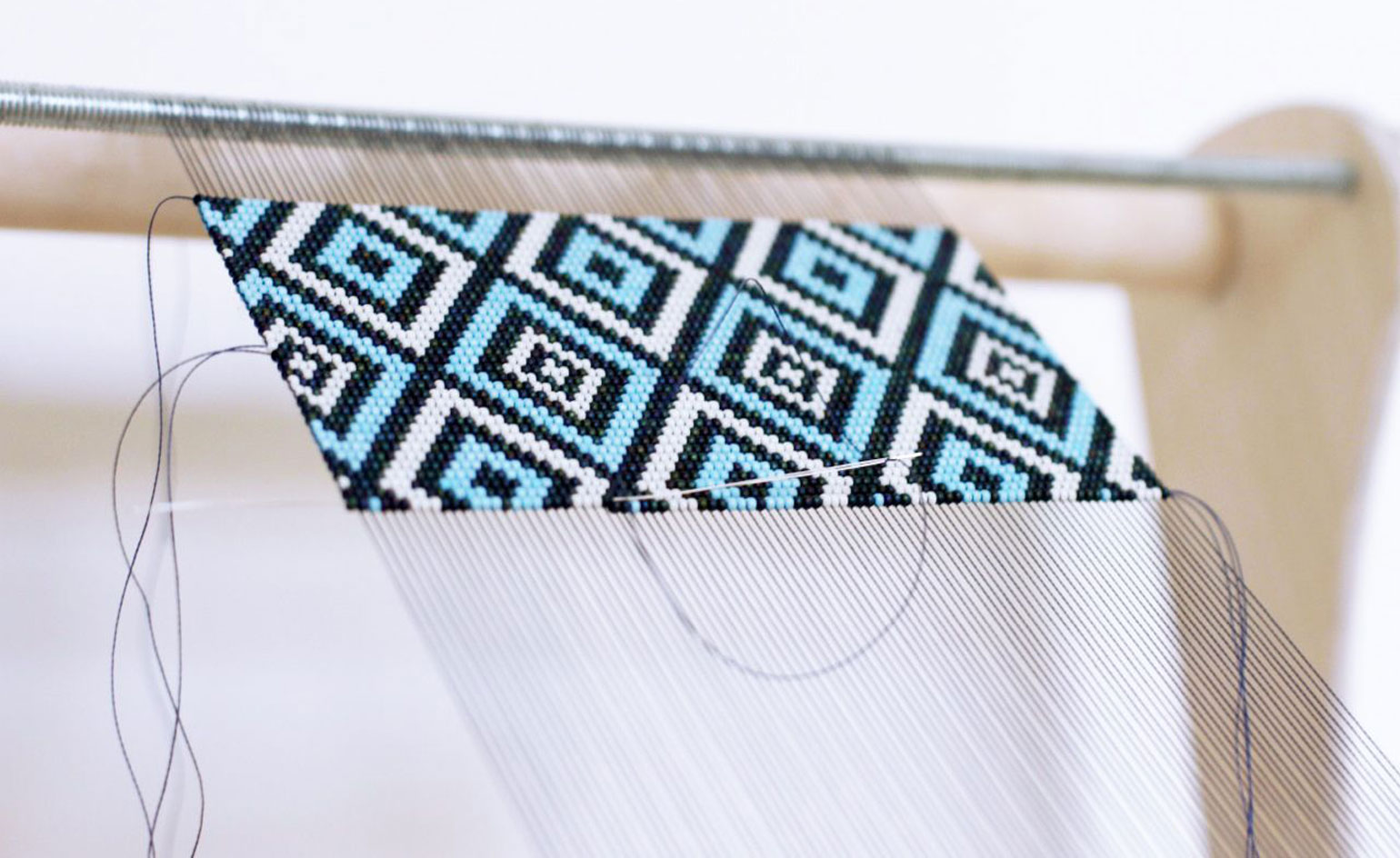
Working with BeadTool (Photoshop for the weaving world), Soares, who also studied graphic design at New York's Pratt Institute, conceives the patterns in London. They are then woven on custom looms by a group of ten craftswomen in São Paulo
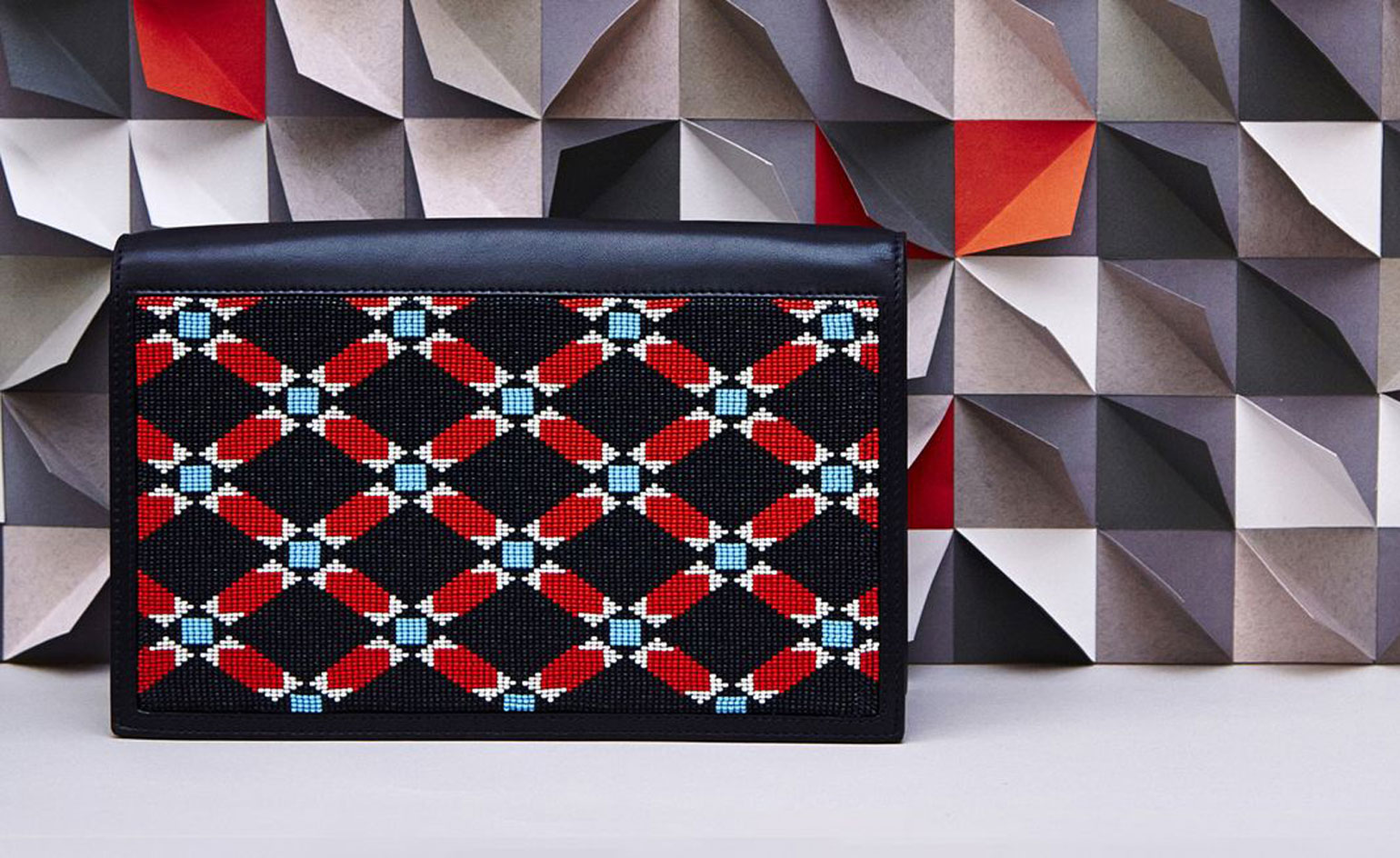
The beaded panels next make their way to Florence to be fashioned into minimalist Nappa leather clutches. Pictured: the 'Amazônia' bag.
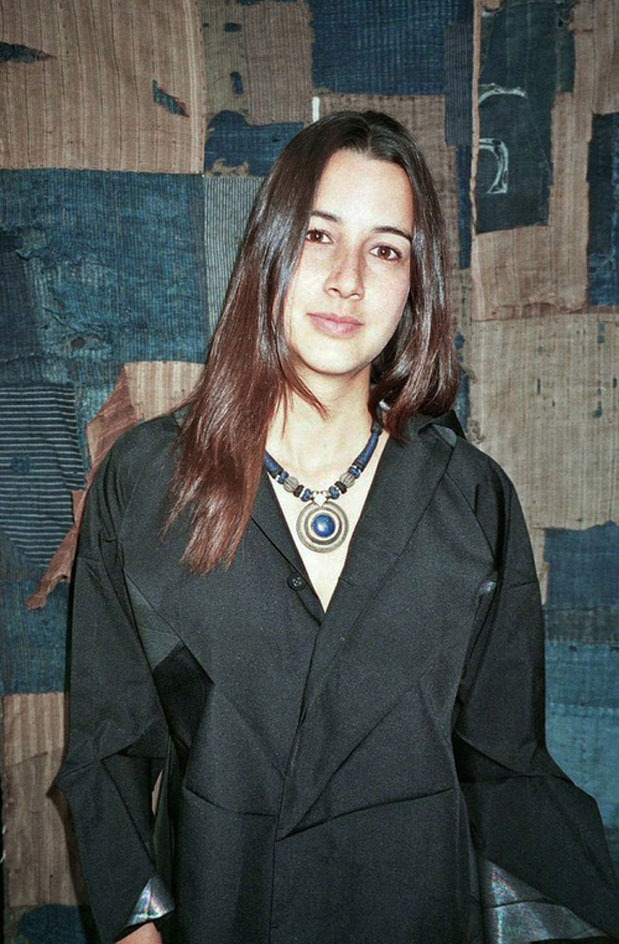
Soares' idea for the brand began while working with different craftspeople around the world during her studies at the Royal College of Art
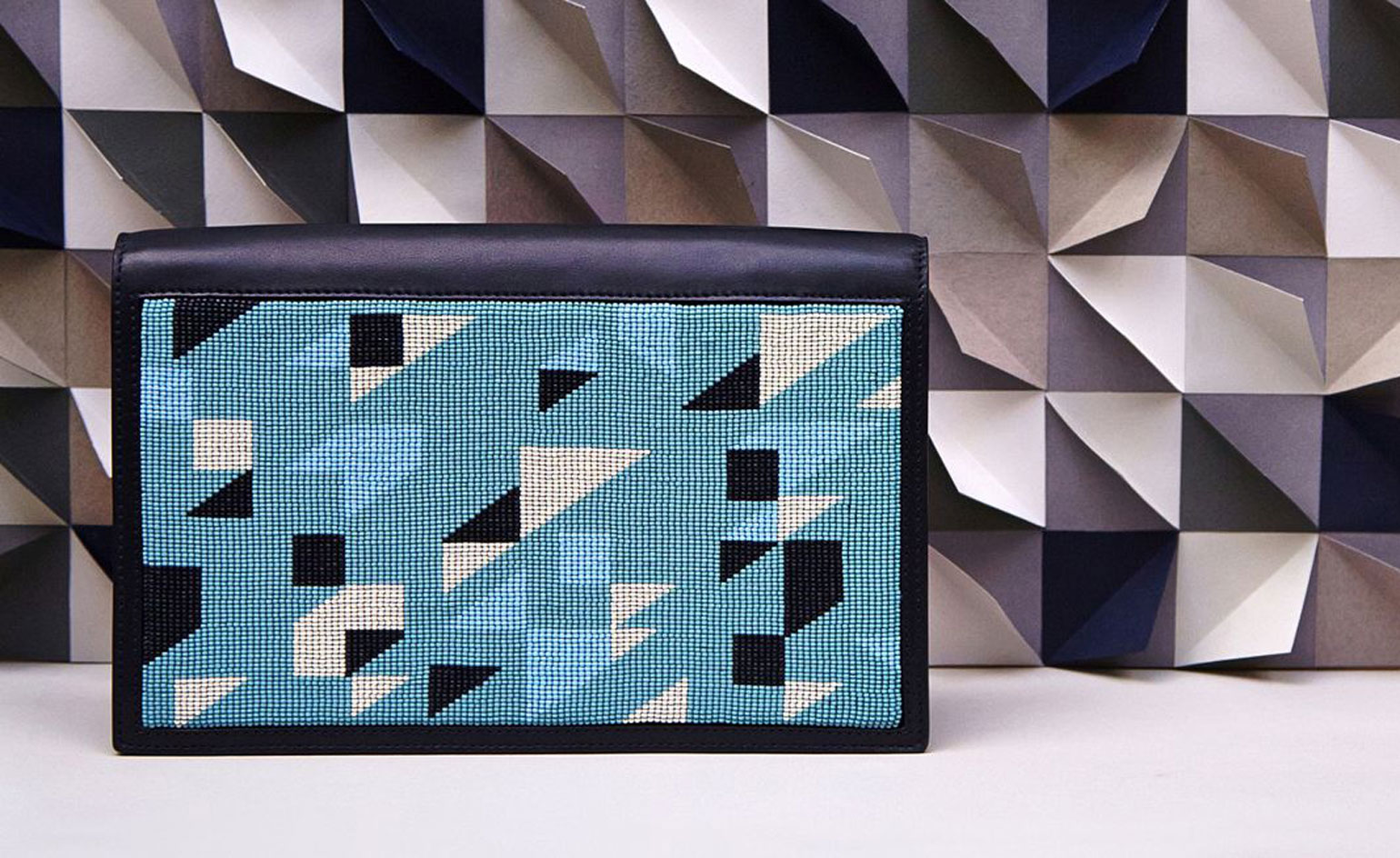
The ’Brasilia’ (pictured) offers an aesthetic homage to modern muralist Athos Bulcão.
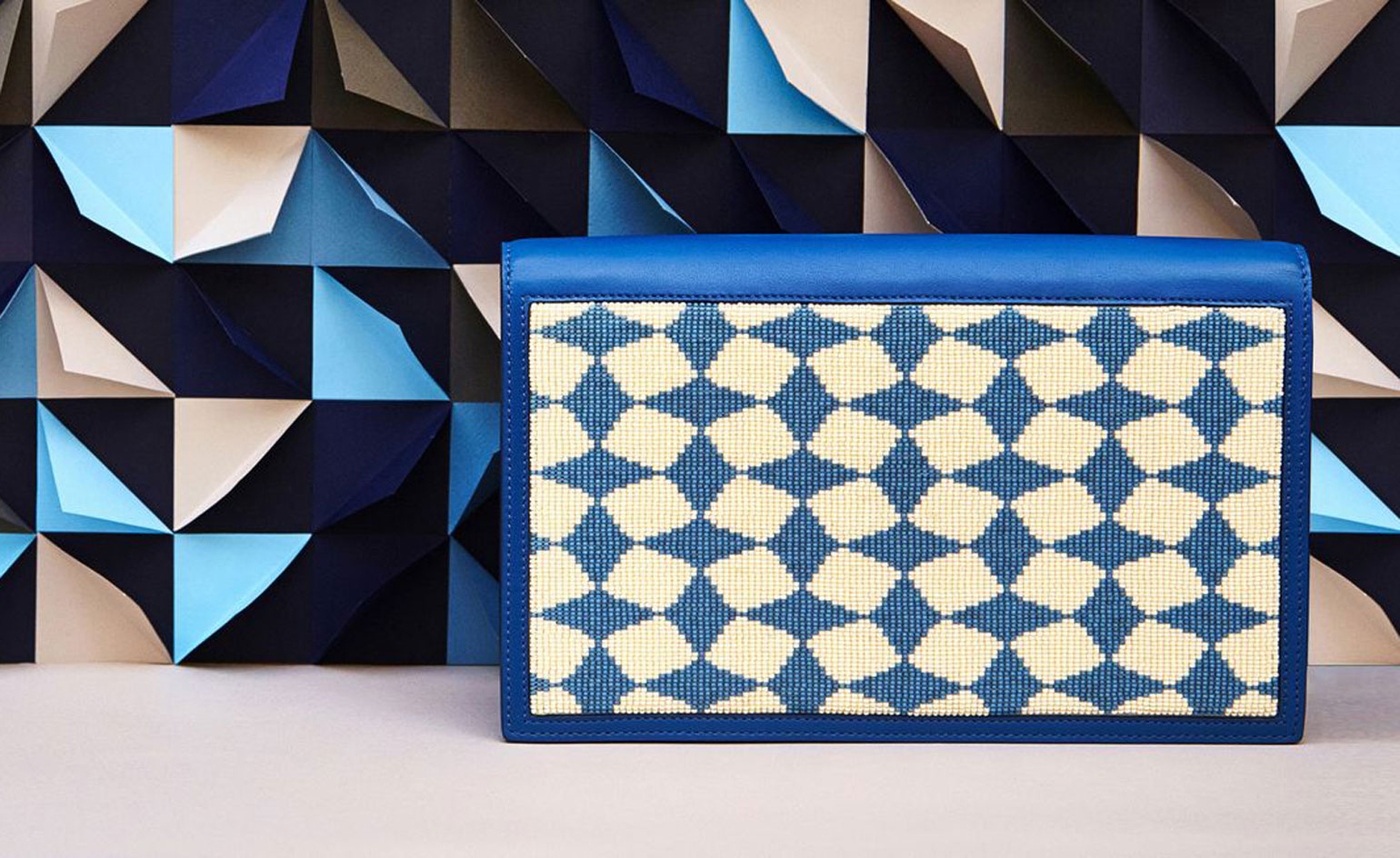
This global skill exchange is reinforced with Soares' choice of name for the series, inspired by time spent in Kyoto on a scholarship during her MA. 'I really got into origami,' she explains, referring to her 2012 work 'Unmei Façade', referenced in the background of these images
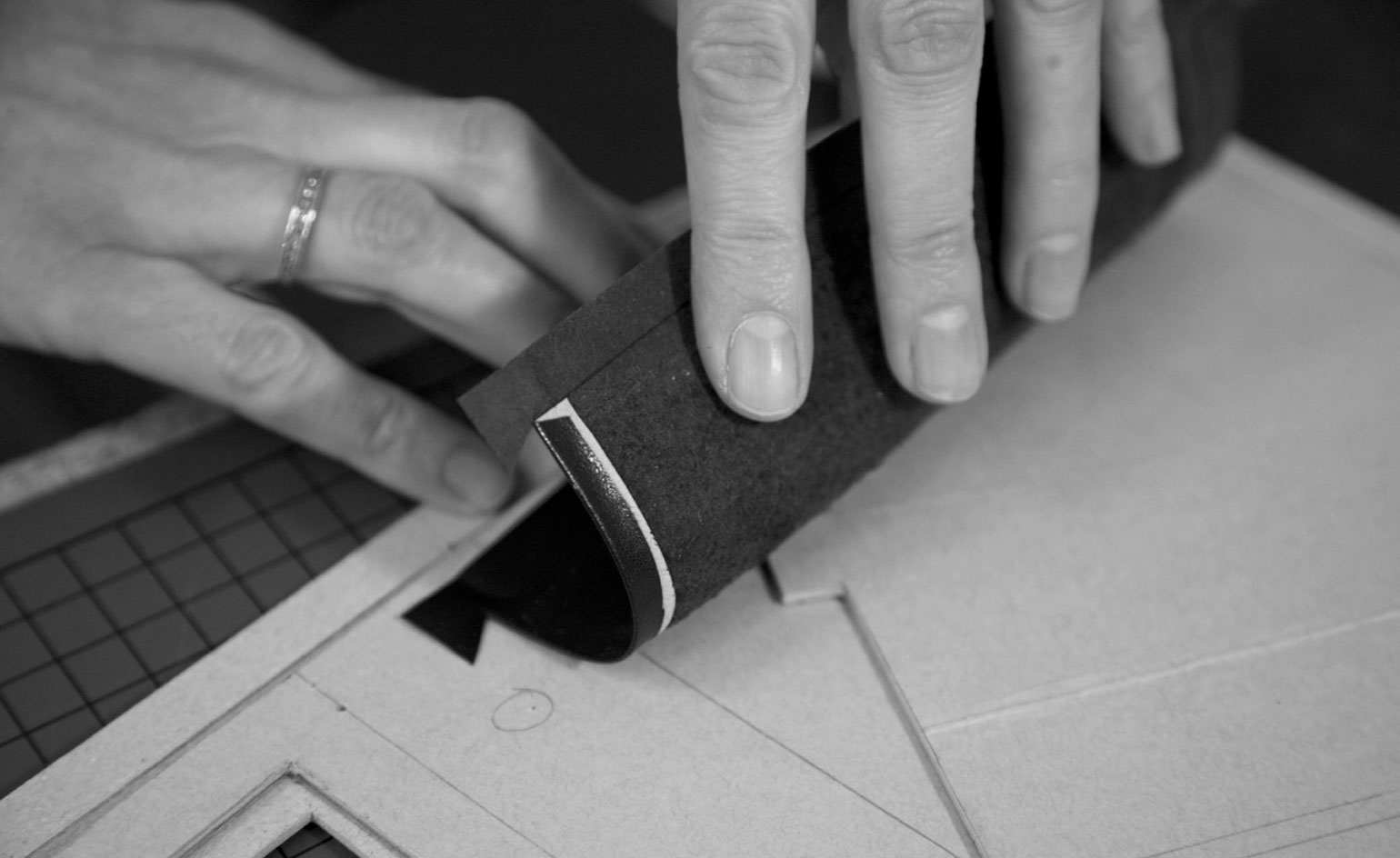
'I became very interested in indigo as a concept,' she continues, 'not necessarily as a dye, but in the idea that indigo is so democratic, infiltrating so many cultures in the same way that beads are traded'
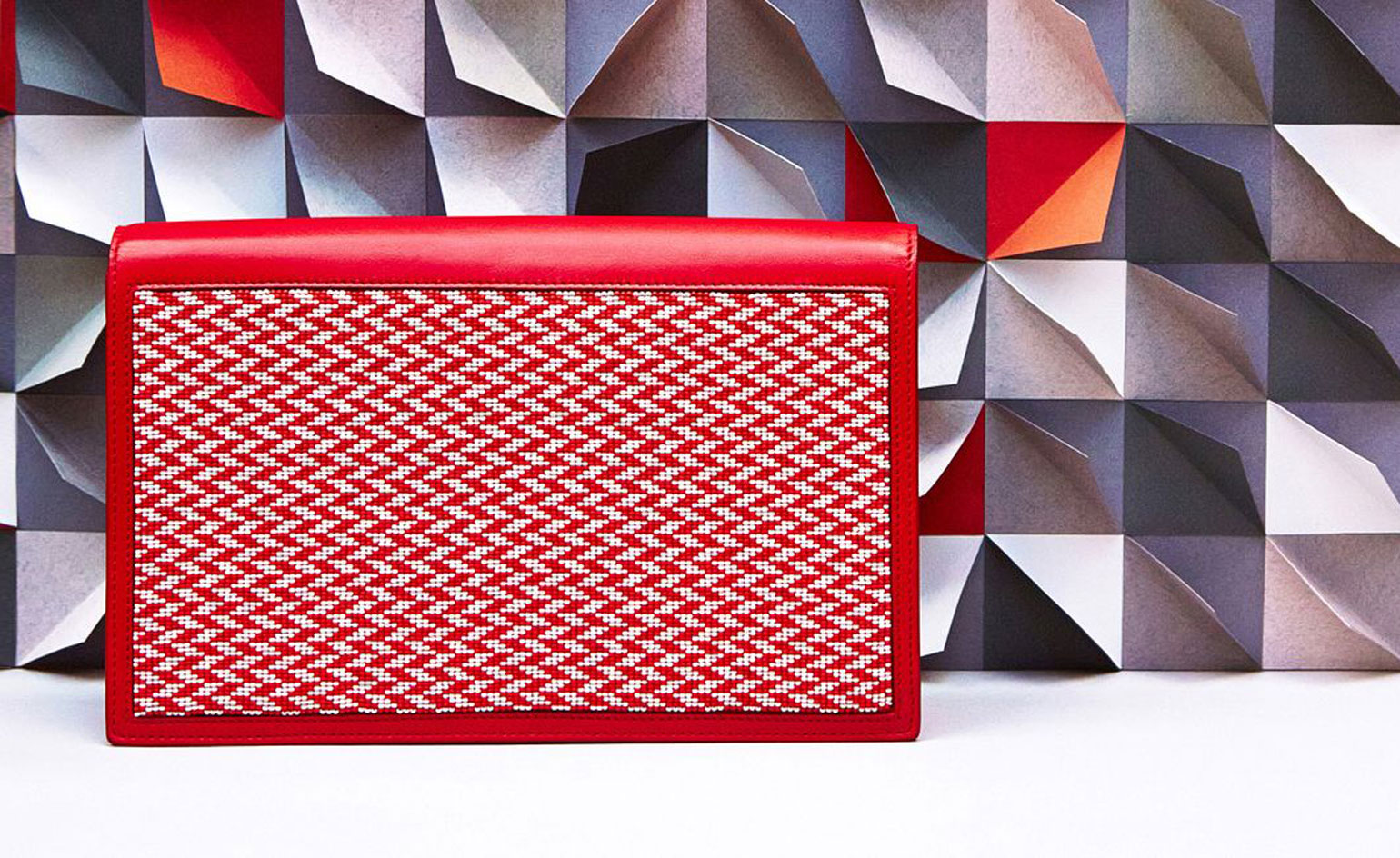
All eight designs are symbolic of her homeland, from the repetitive samba rhythm of the herringbone 'Rio' bag (pictured) to the 'Amazônia' bag's reinterpreted tribal basket-weave.
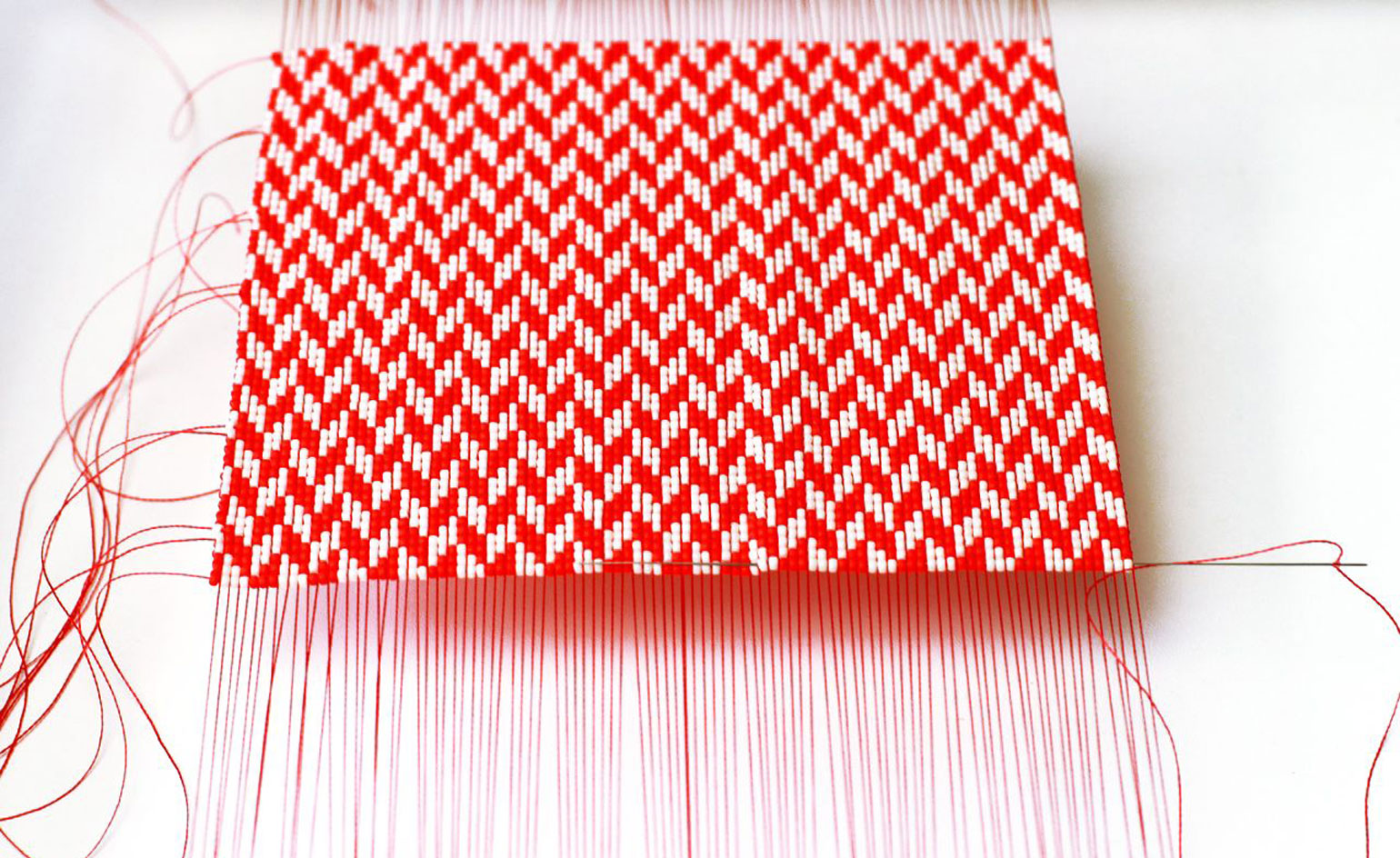
Soares uses Japanese Miyuki beads – 'the Rolls-Royce of beads, as they are very uniform, so you get a sharp, precise pattern'
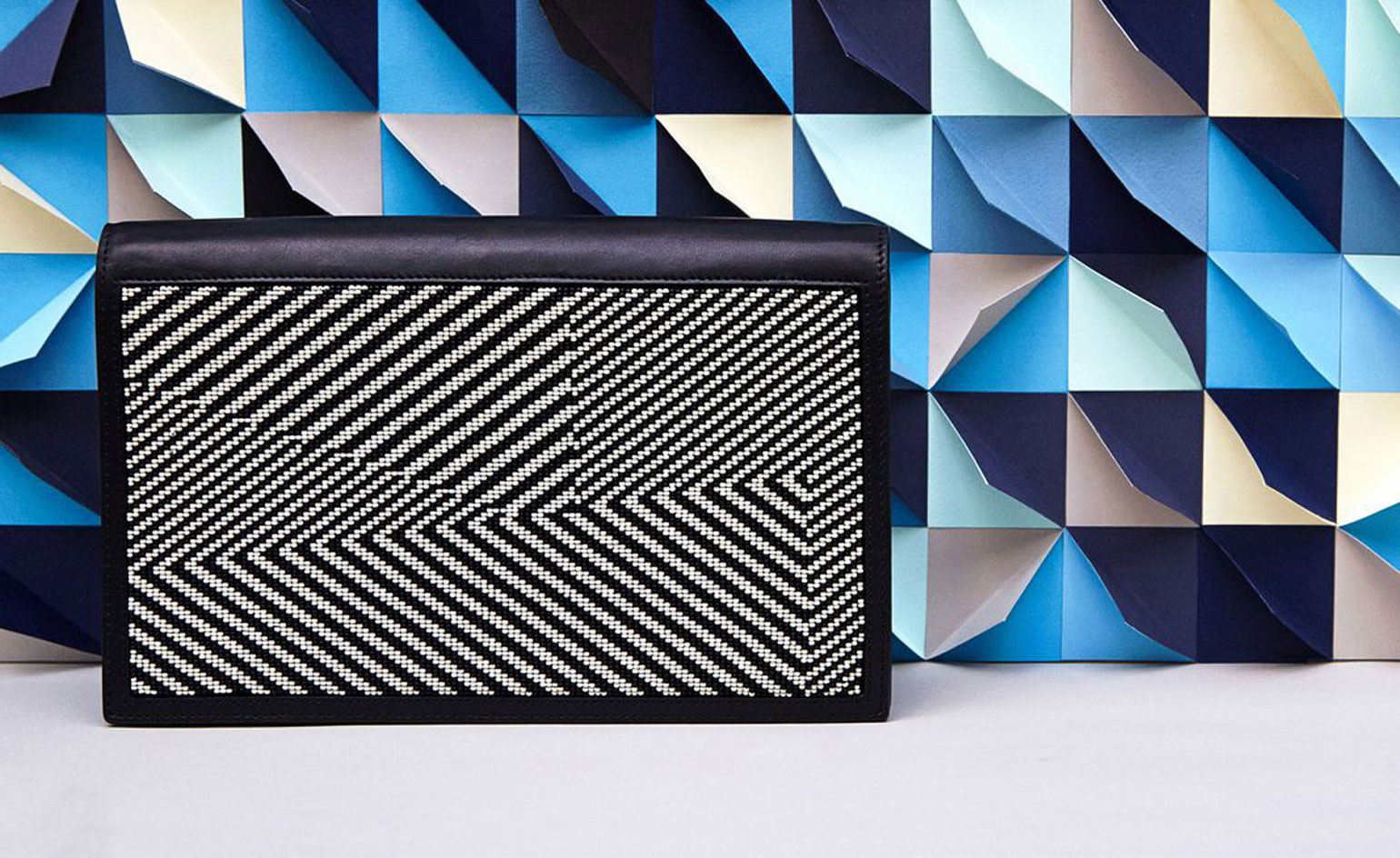
The optical chaos of this 'São Paulo' bag represents the city's converging architectural angles.
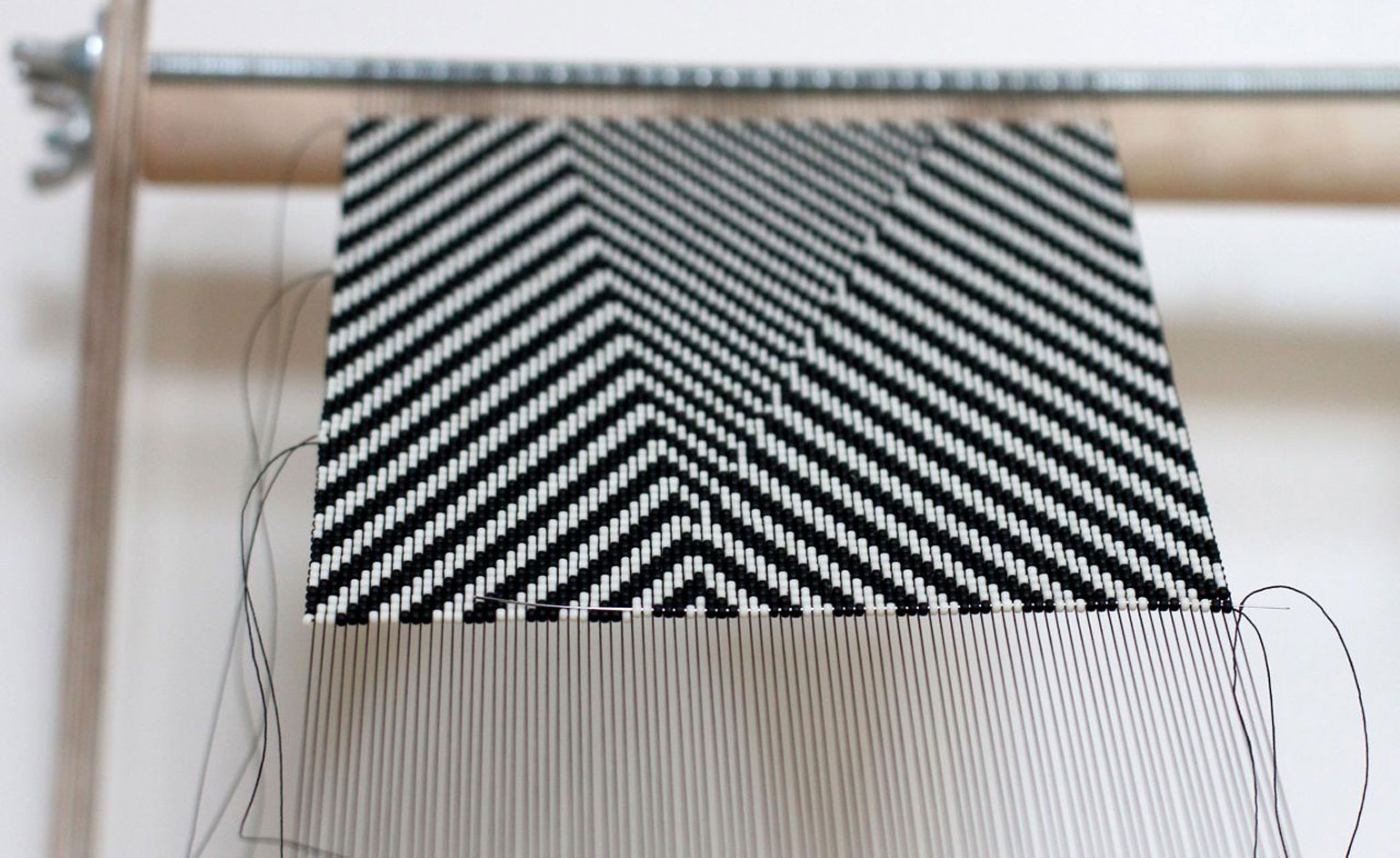
Each bag takes 30 hours to complete, uses 11,000 beads and comes with a certificate bearing the beader's name
INFORMATION
For more information, visit Yanna Soares’ website
Receive our daily digest of inspiration, escapism and design stories from around the world direct to your inbox.
-
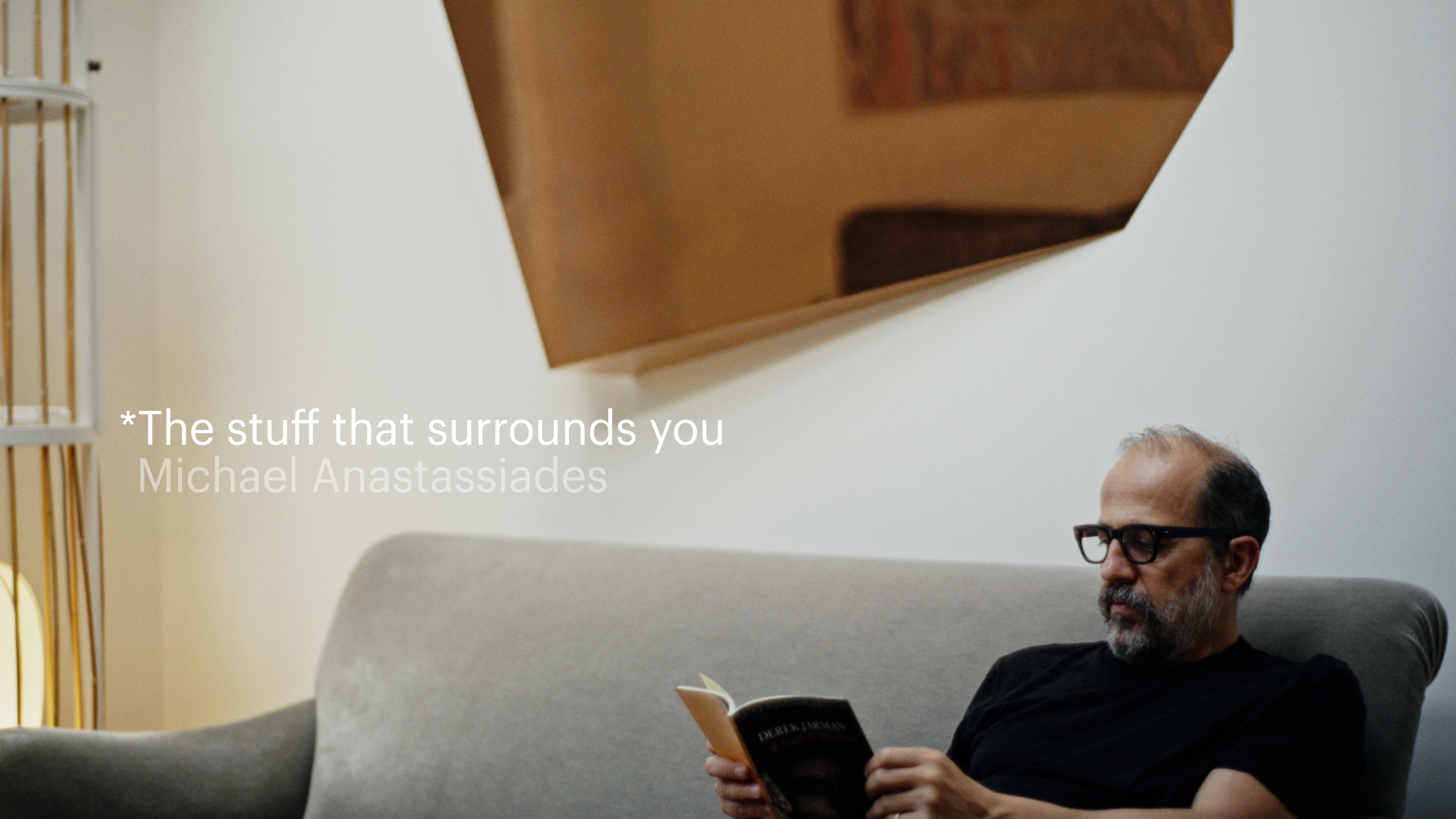 The Stuff That Surrounds You: Inside the home of designer Michael Anastassiades
The Stuff That Surrounds You: Inside the home of designer Michael AnastassiadesIn The Stuff That Surrounds, Wallpaper* explores a life through objects. In this episode, we step inside one of the most considered homes we've ever seen, where Anastassiades test drives his own creations
-
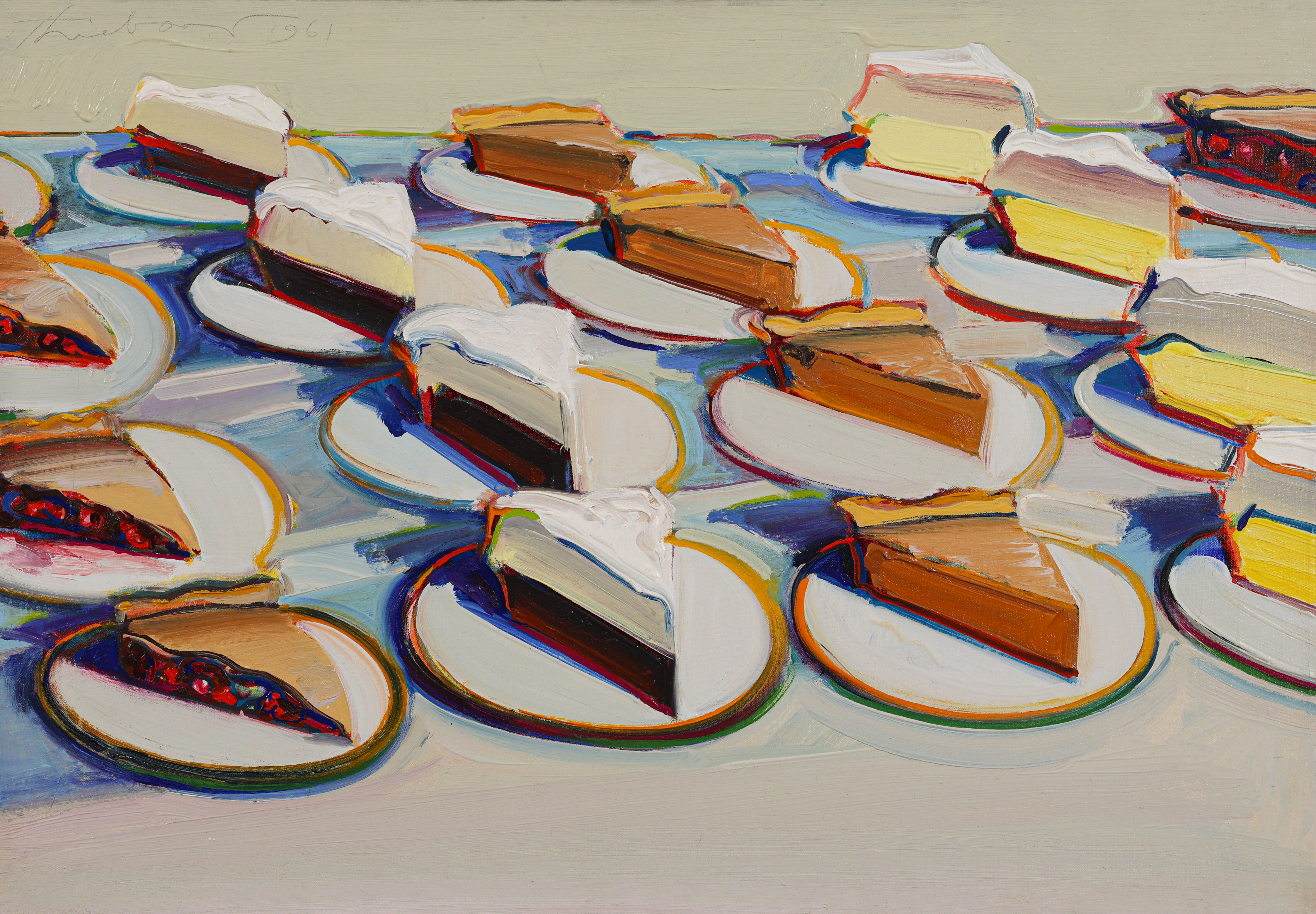 Why are Wayne Thiebaud’s paintings at the Courtauld so tempting?
Why are Wayne Thiebaud’s paintings at the Courtauld so tempting?The American artist’s thickly painted slices of cake at the Courtauld are some of our favourite artworks seen this year. What makes them so special?
-
 Taiwan’s new ‘museumbrary’ is a paradigm-shifting, cube-shaped cultural hub
Taiwan’s new ‘museumbrary’ is a paradigm-shifting, cube-shaped cultural hubPart museum, part library, the SANAA-designed Taichung Green Museumbrary contains a world of sweeping curves and flowing possibilities, immersed in a natural setting
